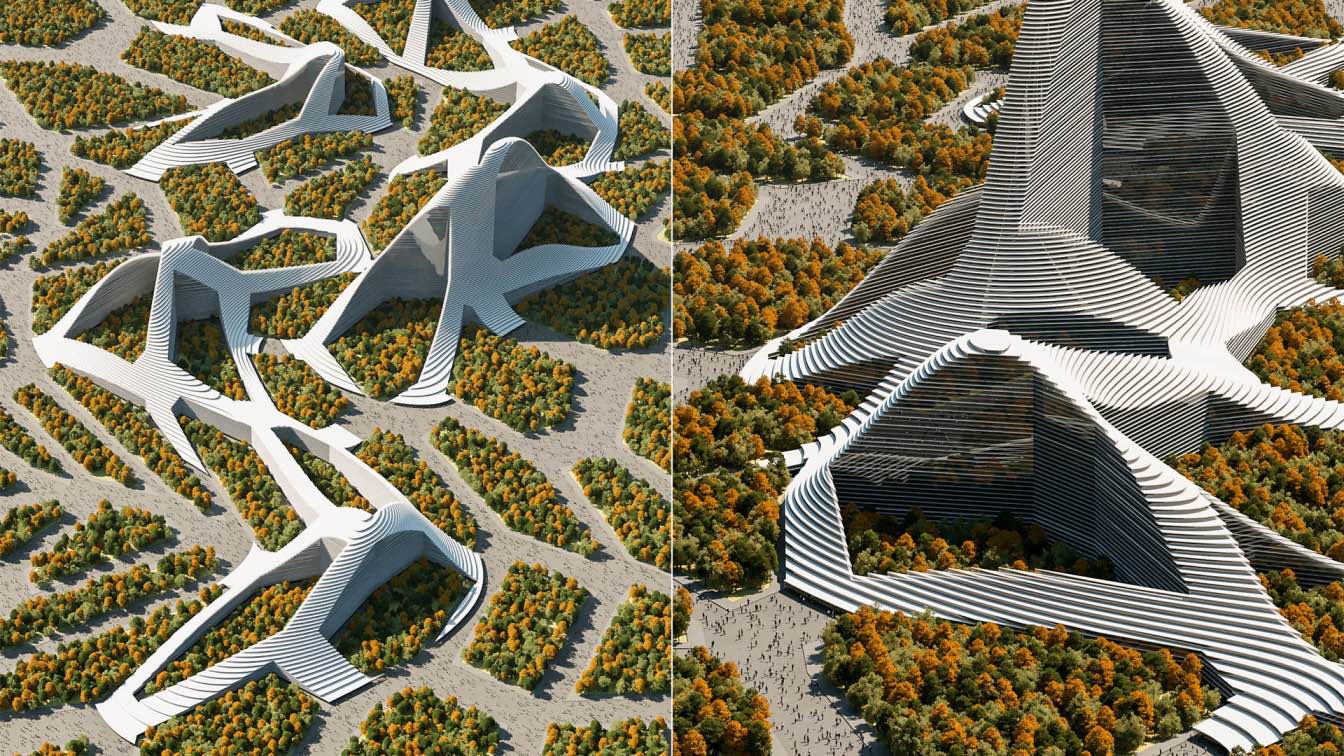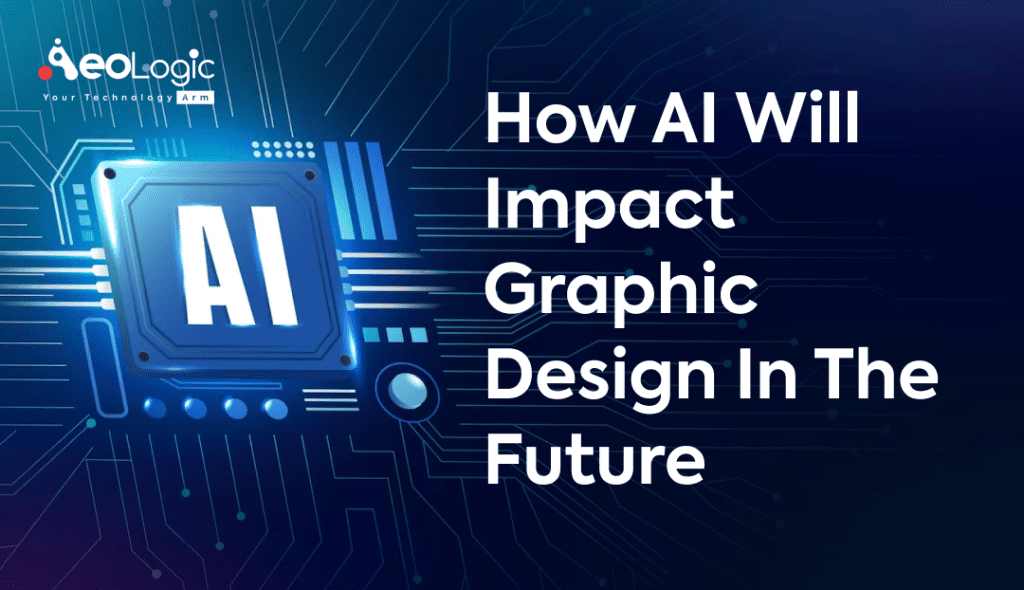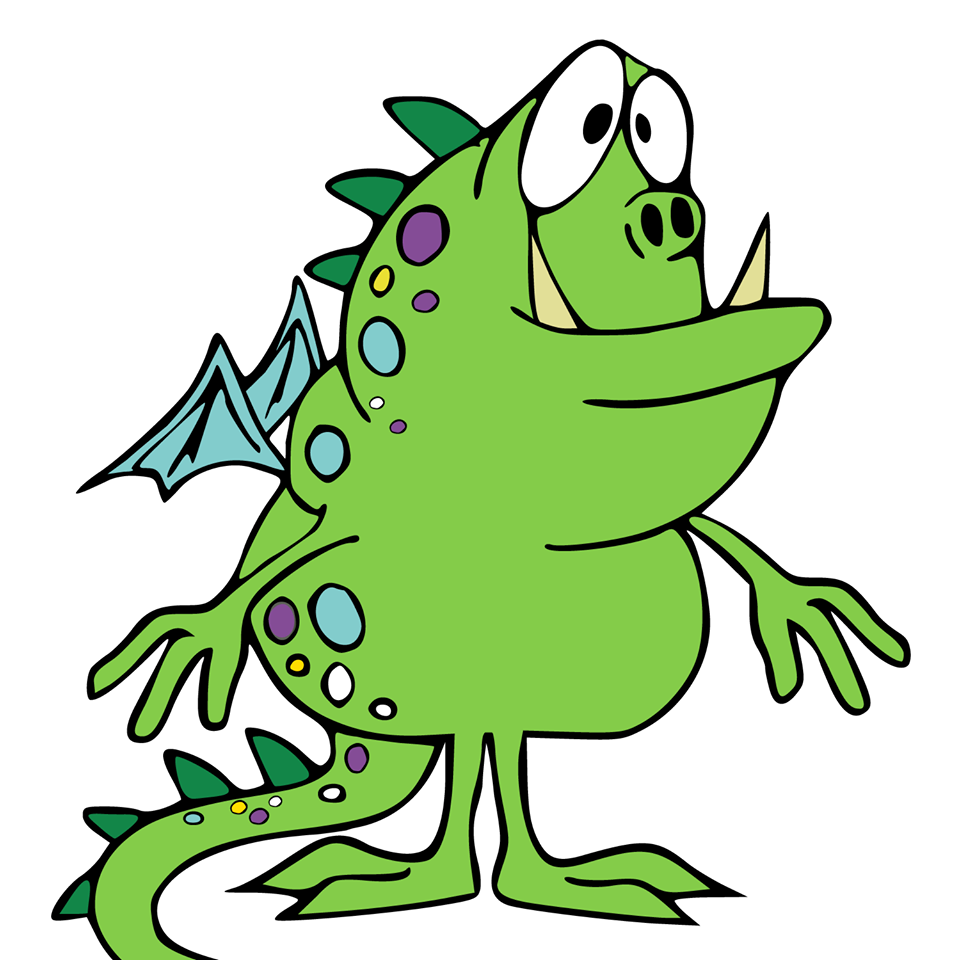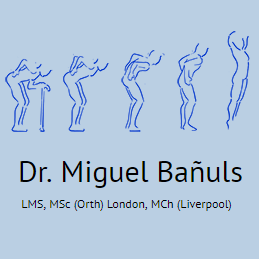The impact of AI on designers is reshaping the landscape of the creative industries in remarkable ways. As artificial intelligence tools continue to evolve, they integrate seamlessly into the design process, offering new possibilities while also presenting challenges. The future of design may see a merger of human creativity with advanced generative design tools, enabling designers to push their boundaries like never before. However, there are growing concerns about design education, as the reliance on AI risks undermining the foundational principles that have guided artists for generations. Ultimately, while AI may augment the creative process, it raises critical questions about the essence of creativity and how the next generation of designers will navigate this uncharted territory.
Exploring the influence of machine learning on creative professionals unveils a new era for artistic expression and innovation. With sophisticated algorithms and automation tools now commonplace, the roles and methodologies within design are rapidly transforming. As emerging creators immerse themselves in this technologically driven environment, the essence of their training in traditional design practices could be called into question. Concepts such as design fundamentals and human intuition might become overshadowed by the allure and efficiency of AI solutions. Consequently, reflecting on the intersection of creativity and technology is crucial for understanding how future visionaries will adapt and thrive in a predominantly AI-influenced creative landscape.
The Rise of AI in Design
AI has firmly established itself in the world of design, shaping the way new generations will approach creative processes. Unlike previous eras where design involved a considerable amount of manual labor and expertise, today’s aspiring designers are greeted with powerful generative tools that can produce artwork in seconds. These AI models, like ChatGPT and Gemini, have brought about a remarkable shift, where creativity is often a mere prompt away. This efficiency, while astounding, raises questions about the depth of creative understanding that future designers will gain, ultimately transforming professional standards.
Moreover, this new landscape creates a paradox: while designers are flooded with seemingly limitless resources, there lies a risk of complacency. As they myopically chase expediency, the rich, intricate fundamentals that once required years of development may become neglected. Will future designers trust the AI-generated image without questioning the principles of design that should guide each creation? This scenario could lead to surface-level design concepts that, while visually appealing, lack substance and depth.
Challenges of Creativity with Generative Tools
The emergence of generative design tools presents a significant challenge to the notion of creativity itself. By providing ready-made solutions, these tools can inadvertently encourage a culture of mediocrity, where quantity is prioritized over quality. Designers might find themselves increasingly pressured to produce more work in less time, creating a superficial relationship with their craft. The risk is that they may rely too heavily on AI capabilities, sidelining the fundamental design knowledge that informs thoughtful decision-making.
Additionally, this shift could create a sense of disenchantment within the design community, where the drive for uniqueness becomes diluted with mass-generated content. Future designers may feel they are no longer artists but rather facilitators of technology, prompting questions about the direction of their careers. Will they have the chance to hone their skills in a world where AI does most of the heavy lifting? As we navigate this evolving landscape, it’s vital that education systems adapt, emphasizing the importance of creativity that can’t be replicated by machines.
A New Era of Design Fundamentals
Understanding design principles has been essential for artistry throughout history, but the rise of AI presents a significant challenge to this long-standing tradition. As new designers begin their journey, the tools available may discourage them from learning the foundational philosophies—like color theory, typography, and user experience—that are vital to effective design. The fear is that they might skip straight to the flashy results, bypassing the necessary skill-building stages.
In this context, one wonders if future education will focus on a blend of traditional techniques and new technologies. As design tools become smarter, it becomes increasingly vital to ensure that upcoming creatives understand when to rely on AI and when to exercise their own judgment. The challenge lies in striking a balance: equipping designers with smart tools while also embedding the depth of knowledge necessary for critical thinking and meaningful creation.
Rapid Production and Its Implications
As technology accelerates, so do the expectations placed upon designers. With AI facilitating quicker production timelines, clients may demand immediate results without adequately valuing the intricacies of good design. The imbalance between speed and quality can lead to an environment where thorough design processes are sacrificed for the sake of haste. This dynamic could prompt a commoditization of creative work, transforming designers from visionaries into mere operators of technology.
Moreover, this rapid production ethos impacts how designers view their roles within a project. Instead of being storytellers or idea generators, they may be reduced to prompt engineers, tasked with merely generating outputs at an accelerated pace. This transition not only devalues the intricacies of creative thinking but also poses a threat to the industry as a whole, challenging the notion of what it means to be a designer in a world so heavily influenced by artificial intelligence.
The Future of Design Collaboration
As artificial intelligence continues to permeate the design realm, its influence on collaboration is profound. Rather than working in tandem with fellow humans, designers may find themselves more frequently engaging with algorithms and machine-generated insights. This shift could redefine team dynamics, redefining the attributes of collaboration in a creative context. What does it mean to brainstorm with AI? Can machines inspire creative dialogue, or will they limit creative exploration?
While AI may enhance productivity, it poses a threat to collaborative problem-solving that is essential in the creative process. The question remains whether this technology will empower designers or constrain them, and how our future approach will adapt to ensure successful partnerships—whether between professionals or between humans and machines. It’s crucial to cultivate an atmosphere where technology serves as an ally, enhancing human creativity rather than overshadowing it.
Redefining Success in Design
The traditional metrics of success in design have long centered around creativity, skill, and the ability to fulfill a client’s vision. However, with AI transforming the landscape, what does success now look like for designers? As quicker, machine-generated solutions become the norm, the definition of achieving goals may also shift from creative ingenuity to efficiency and output volume. Could this new paradigm see designers rewarded for speed rather than originality?
Redefining success will be key in navigating this transformative era. In addition to traditional measures, appreciating the nuances of creative contribution and strategic thinking will be paramount. A designer’s role might evolve to become more strategic, engaging in decision-making processes that embrace both AI capabilities and human creativity. Ultimately, success in design will not just stem from the quality of individual pieces of work but from the broader impact designers have on their projects and the industries they serve.
Ethical Considerations in AI Design
As artificial intelligence becomes increasingly prevalent in design practices, ethical considerations become more critical than ever. Designers must grapple with questions about authorship, originality, and the implications of using AI-generated content. When leveraging these powerful tools, how can designers ensure they are contributing rather than appropriating? This ethical conundrum extends beyond personal responsibility to encompass the potential impacts on the broader creative economy.
Moreover, as the demand for AI-generated work increases, designers will have to consider the biases that may be inherent in these technologies. Understanding how AI is trained and the datasets utilized will be crucial in preventing unintentional perpetuation of stereotypes or misinformation. In cultivating ethical AI practices, the next generation of designers must strive for transparency and accountability, ensuring that their creations resonate with integrity in a rapidly changing landscape.
The Role of Human Creativity in AI-Driven Design
Human creativity has long been the driving force behind exceptional design. As AI tools take center stage, preserving the essence of human creativity is essential. While generative design tools can streamline processes and produce captivating visuals, it’s the uniquely human insights and experiences that cannot be replicated by machines. The challenge for designers will be finding ways to integrate their artistic vision while utilizing AI as a supportive ally.
Encouraging cultural narratives, personal storytelling, and emotional responses are elements that only human designers can imbue in their work. As the industry evolves, it will be imperative to continue championing the importance of human input in the creative process, reminding the next generation that creativity is not merely about output speed, but about the meaningful connections that design can foster.
Looking Forward: The Designer’s Future
Peering into the horizon of the design world evokes a mix of excitement and apprehension. As artificial intelligence gains traction, the role of designers is poised to evolve dramatically. They may find themselves navigating a landscape filled with challenges, yet endowed with the opportunity to pioneer revolutionary methods of creation. The convergence of traditional design principles with modern technology seems inevitable, necessitating adaptable skills and a resilient mindset.
Ultimately, the future will hinge on the strategies that upcoming designers adopt. By embracing AI as a tool rather than a crutch, they can safeguard their creativity and ensure that the essence of meaningful design remains intact. In doing so, they’ll not only navigate the complexities of an AI-driven industry but also emerge as more versatile, insightful creators ready to tackle tomorrow’s design challenges.

Conclusion: Reflecting on AI’s Role in Design Education
As we look towards the future, the impact of AI on the next generation of designers is a conversation that cannot be ignored. With the integration of AI tools becoming increasingly prevalent, new designers are at risk of losing touch with the fundamental principles that have historically guided the design industry. Without a solid foundation in color theory, typography, and accessibility, these future creatives may find themselves relying on generative technology at the expense of honing their own skills. This shift presents both opportunities and challenges, highlighting the necessity for educational curriculums to adapt and incorporate AI literacy while still emphasizing traditional creative practices.
Moreover, the balance between productivity and creativity is delicate. As project demands accelerate, there is a risk that quality will suffer, and the designer’s role may be reduced to simply manipulating prompts to produce instant results. This raises important questions about the future value placed on human creativity and the craft of design itself. If designers become mere facilitators of AI outputs, the industry may face a downturn in truly innovative and thoughtful design, leading us to reconsider what it means to be a designer in an AI-driven world.
Key Takeaways:
– The importance of traditional design principles must remain central in educational settings.
– AI may increase efficiency, but it can also undermine the value of human creativity.
– Future designers could risk becoming overly reliant on generative tools, impacting their ability to innovate.
Conclusion: The Future of Design in an AI-Driven World
The evolution of AI tools is transforming the design landscape at a rapid pace, and the implications for future designers are profound. While these technologies offer enhanced productivity and ease of access to creative outputs, they may also inadvertently dilute the essence of what makes design a unique and inherently human profession. By prioritizing speed and convenience over artistry, we risk devaluing the skills and intuition developed over years of practice. As the design industry embraces AI, it’s crucial for both emerging designers and established professionals to critically assess the integration of these tools into their workflows.
There is a pressing need for a balance between leveraging AI as a creative assistant while maintaining the integrity of the design process. As stakeholders begin to view designers through a lens of efficiency, it is essential to advocate for the significance of thoughtful design that accounts for context, emotion, and intention. The design community must fight to preserve its core values—creativity, human insight, and craftsmanship—amid looming technological advancements. Failure to do so may lead to a homogenized design landscape devoid of the distinctive spark that only human creativity can provide.
Key Takeaways:
– AI must be treated as a tool that complements, rather than replaces, the creative process.
– The design community should advocate for the value of human insight in a technology-dominated environment.
– An emphasis on thoughtful design practices is essential to counteract the dangers of homogenization.















